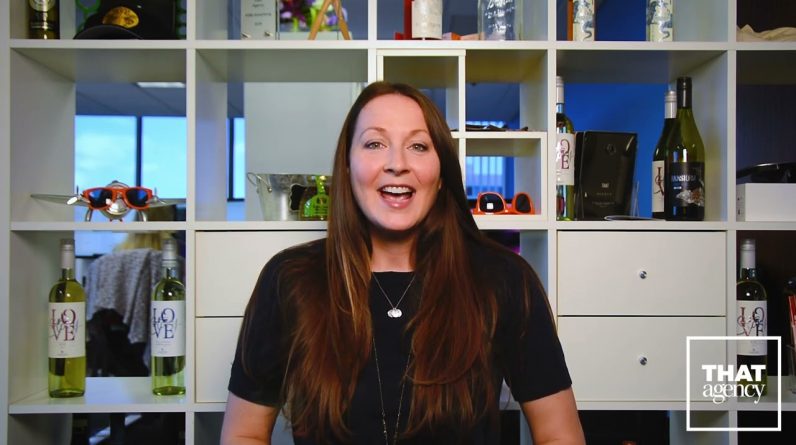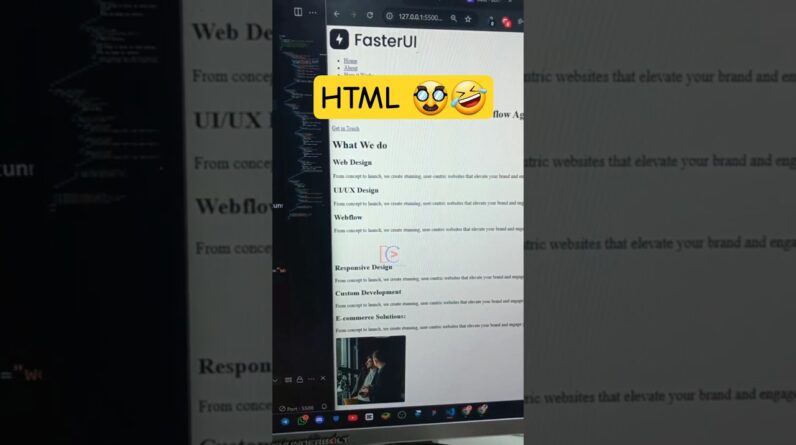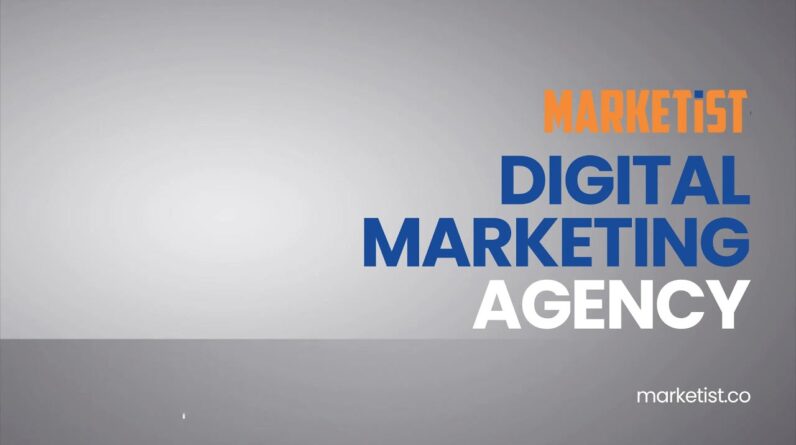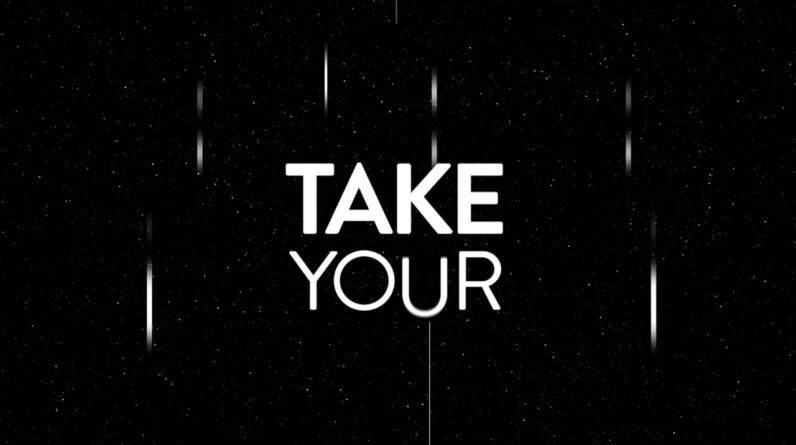
There are some things that have gone further than just ‘out of style’. In this video, we dive into things you should NOT do when designing or redesigning your website. If you think you might need professional help, then reach out to us: https://bit.ly/3soi2za
Reach out to us on our other social channels:
Facebook: https://www.facebook.com/thatagency
Instagram: https://www.instagram.com/thatagency/
Twitter: https://twitter.com/that_agency
YouTube: https://www.youtube.com/user/THATAgency
LinkedIn: https://www.linkedin.com/company/thatagency
—
Web design is a lot like interior design. You have a lot of leeway and options. Your definition of beauty is central, and you should always add elements that reflect your or your brand’s personality and sense of style.
But, there are also some rules that are definitely not made to be broken. For instance, not crowding a very small room with big, heavy furniture, is a rule that we should all live by. And when it comes to web design, you want your space to be unique, elegant, and reflective of you. Like the best homes, your website should be aesthetically pleasing and “livable.”
So, here are some “don’ts” to avoid when designing your website.
Don’t overdo it. This is the virtual equivalent of piling those clunky bureaus, beds, dressers, wardrobes, and tables into an 8×10 room.
Adding every new trick you can think of in terms of graphics and music and the like, can crowd a site and overwhelm your viewer.
For most businesses, that isn’t suitable for the intended audience and can get in the way of navigation. Further, if your site isn’t mobile-friendly, chances are your heavy website won’t have the speed to suit mobile users.
Don’t forget about the main purpose of your site.
That would be like getting all-white furniture and carpets and then remembering you have young children.
As Ezra Silverton, president of 9th Sphere, said, “It doesn’t matter how beautiful your site is. You’re better off having great navigation and content and poor design than the other way around.”
Not that you want poor design, but you – and your audience – certainly don’t want to provide a poor experience in terms of content.
Silverton goes on to say, “Most companies believe SEO comes after site development, but then you have to go back and make a lot of changes.”
Don’t bury your essential information.
How many websites have you visited where it is difficult to find contact information? Or ‘About Us’ content? Visitors get frustrated when they cannot find what they want immediately, whether it is shipping policies or a specific product.
Think about what your visitors want and need most, and make that the easiest content to access.
Web design is crucial to business success; balancing appearance and functionality is key.
Think about it like your home: how can you create the most comfortable, welcoming, and functional home possible for yourself, your family, and visitors?
In this case, visitors are the most important element – so cater to them!







